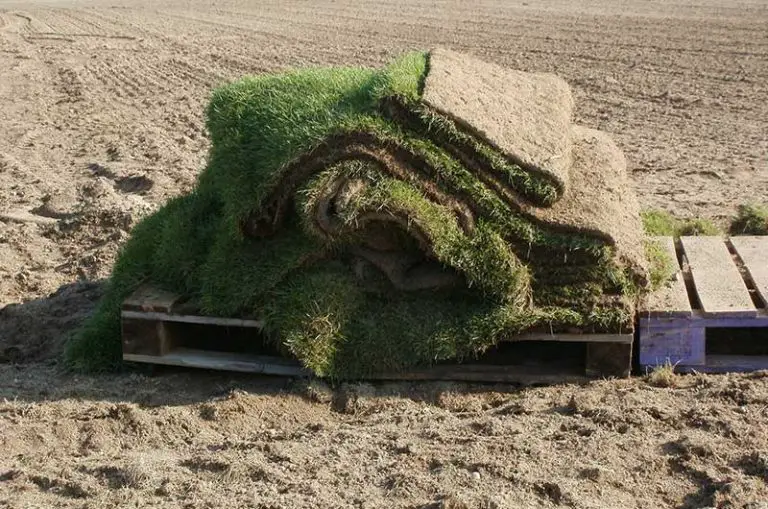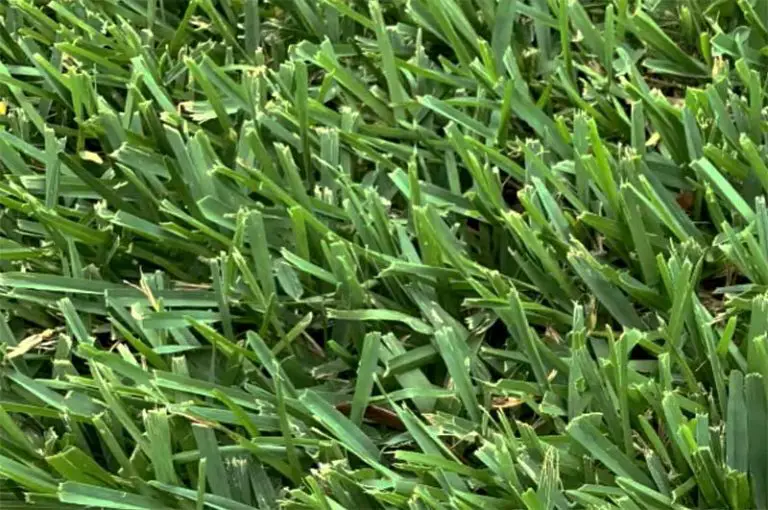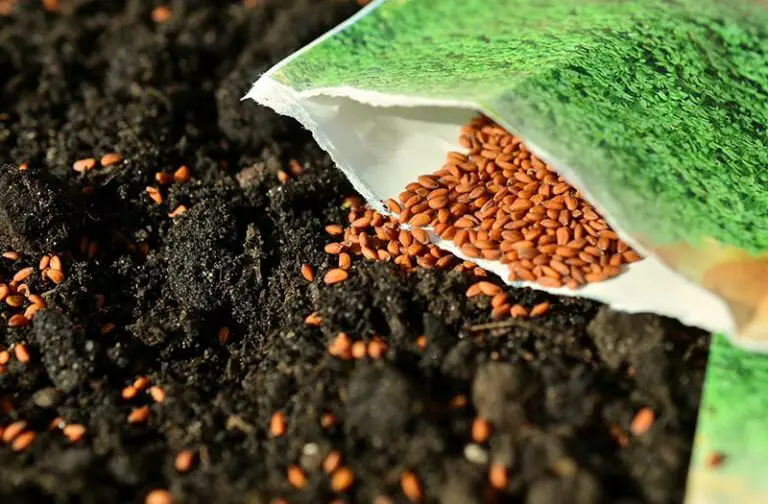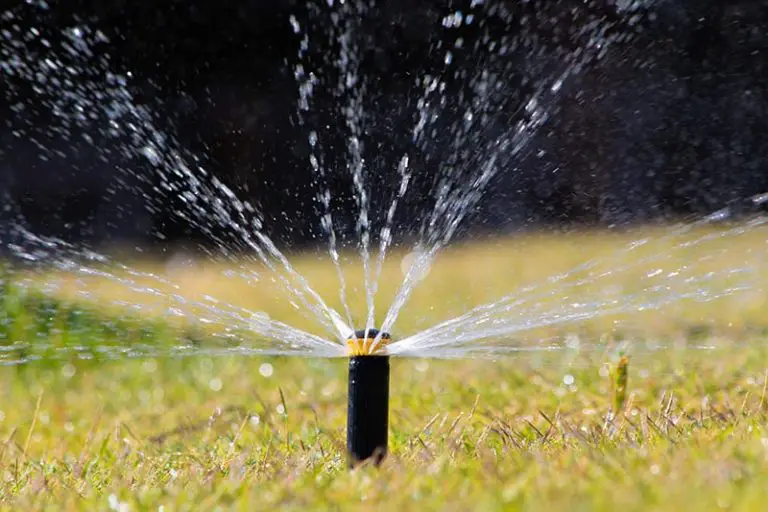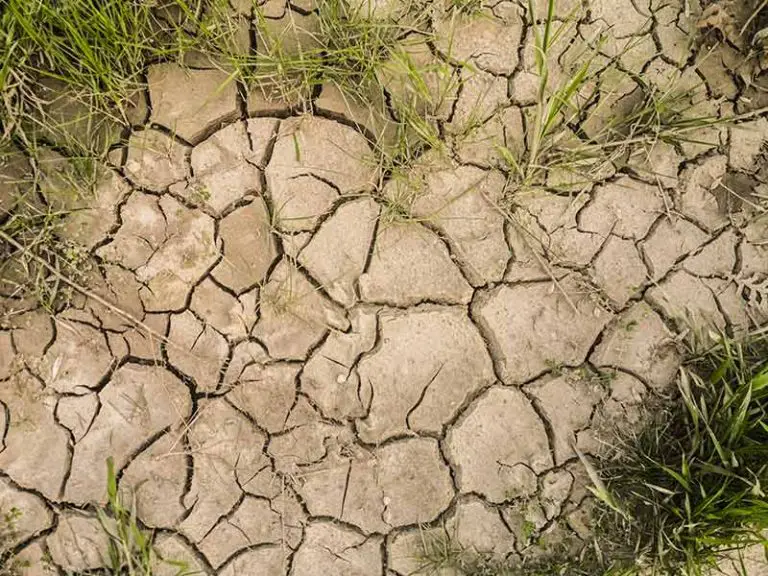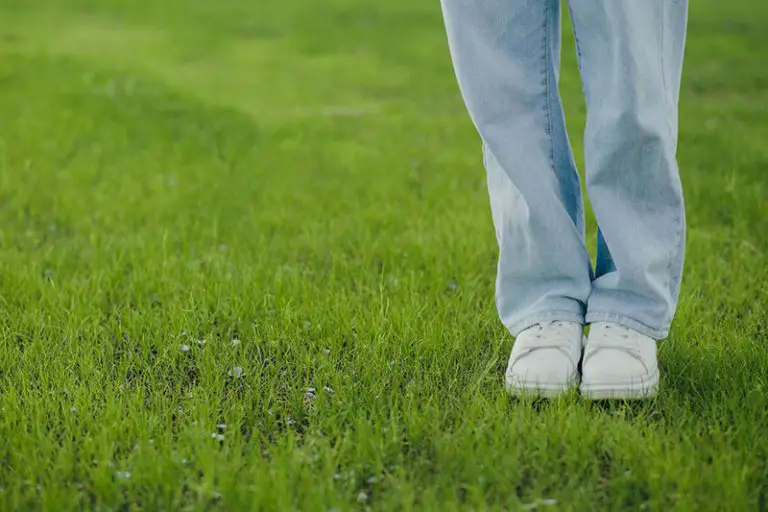Make Your Lawn Green and Thick in No Time!
There is a range of lawn care activities that you can undertake to make your lawn green and thick. These include fertilizing, aerating, and dethatching the lawn, keeping up with a proper watering and mowing schedule, and overseeding the lawn to fill in bare patches.
1. Test Soil
Before doing anything else, the best first step towards a thicker, greener lawn is to assess the current state of the soil.
By testing your soil, you can find out its current pH level and nutrient content. You can then use the results of this test to determine what amendments your lawn needs to get it in optimal growing condition.
There are two ways you can go about testing your soil. Your first option is to have your soil tested at a professional laboratory. All you need to do is take a sample of your soil and send it off; the lab will test your sample then provide you with the results of the test. This is the best way to get highly accurate information on the soil’s pH and nutrient content.
Alternatively, you can conduct a soil test yourself using an at-home test kit. Although these kits provide less detailed information than a professional test, they are a handy way to get an instant idea of the current pH level and nutrient content of your soil.
2. Choose Best Soil Type
In addition to its nutrient and pH content, the type of soil in your lawn will affect how well your grass grows. Some soil types are better suited for grass growing than others.
For instance, clay-heavy soils are not ideal for grass growing. Although clay soil holds onto nutrients and water well, it’s the soil type most prone to compaction and run-off. On the other hand, sandy soils are lighter and less prone to these issues, however, they struggle to retain water and nutrients.
The best soil for grass growing is loamy soil. This soil type is well balanced with sand, clay, and silt particles and holds all the benefits of each soil type without their drawbacks. Amending your lawn using a method such as top dressing the soil to make it loamier will help to encourage a thicker, greener lawn.
3. Fertilize Lawn
The next step towards making your lawn green and thick is to fertilize the grass.
Like all plants, your grass requires a range of nutrients and micronutrients to grow. The nutrients it needs in the most abundant quantities, known as primary nutrients, are nitrogen (N), phosphorus (P), and potassium (K). All fertilizers contain varying amounts of these three primary nutrients, listed as an NPK value on their packaging; this value represents the amount of each nutrient that the fertilizer contains.
To determine which type of fertilizer would be best for your lawn, you should refer to the results of your soil test. From your results, you can choose the ideal fertilizer to provide your grass with the nutrients it currently lacks.
Not only is it important to choose the best type of fertilizer, but it’s also crucial to know when and how often to fertilize for best results. You should fertilize your lawn no more than four times throughout the season, doing so in early spring, late spring, summer, and fall.
4. Aerate Lawn
Lawn aeration is another important element of your annual lawn maintenance to make your lawn green and thick.
Over time, the soil in your lawn can become compacted, meaning the soil particles compress and push together. Compaction happens as a result of weather conditions like rainfall and drought, as well as being caused by traffic on the lawn from people, pets, or vehicles. This compaction pushes out spaces in the turf necessary for air, water, and nutrients to circulate the soil and reach your grass’ roots. Compact soil also prevents grass from growing deep root systems.
To break up compaction in the soil, you can aerate the lawn with an aerating tool such as a spike or core aerator, aerating shoes, or pitchfork. This process creates new pathways for essential elements to permeate deep into the turf layer. You should aerate your lawn once or twice a year for best results.
5. Dethatch Lawn
To keep your lawn green and thick, you’ll also need to dethatch the lawn regularly.
Thatch is the layer of living and dead organic matter that sits between the soil surface and the upward growth of your grass. Over time, this thatch layer builds up on your lawn. A thick layer of excess thatch can impact your grass’ health by slowing down its nutrient and water absorption. It may also worsen issues with pest infestations and fungal lawn diseases.
The best time to dethatch your lawn is during your grass’ period of most active growth. For warm-season grasses, this means dethatching in the late spring to early summer, whereas dethatching in the late fall to early summer is best for cool-season grass types. You can dethatch your lawn with a rake or scarifier.
6. Remove Weeds
A thick healthy lawn will be naturally free of weeds. However, weed growth is inevitable, and you’ll need to remove any weeds as soon as you spot them to prevent a full infestation.
There are many different types of weeds that can infest your lawn, from grassy weeds like nutsedge or crabgrass, to broadleaf weeds such as dandelions, chickweed, and clover. Different types of weeds require different treatments, so it’s important to identify the type of weed you’re dealing with before using any weed killers.
7. Overseed Lawn
A highly effective way to make your lawn green and thick is to overseed it.
Overseeding is particularly beneficial on lawns with bare patches. Although grass will fill bare spots on its own, overseeding is the best way to introduce new growth to a patchy or thin lawn. This will help your lawn to naturally outcompete weed growth and will generally improve its looks and health.
The best grass for overseeding your lawn will depend on where you live. If you live in a northern region, you should pick a cool-season grass, and if you live in a southern region, you should instead use a warm-season grass. You can also use this opportunity to plant certain grass types to suit parts of your lawn, for example, planting a shade-tolerant grass type in the parts of your lawn that receive little sunlight.
8. Water Lawn Properly
Keeping up with a proper watering schedule throughout the growing season will help to keep your lawn green and thick.
For mature lawns, you should water the grass once or twice per week, adding about 1 to 1.5 inches of water. Make sure to factor in the water added from rainfall and adjust your watering schedule accordingly.
9. Mow Lawn Properly
You’ll also need to keep up with a regular mowing schedule, cutting the grass to the best height for its species.
The key to getting a thick, green lawn from your mowing activities is to always follow the ‘one-third rule’. In other words, you should never remove more than one-third of the grass blade’s total height each time you mow. Removing more than one-third of the grass’ height in one session will stress the lawn, leaving it more susceptible to the development of lawn fungus and pest infestations.

